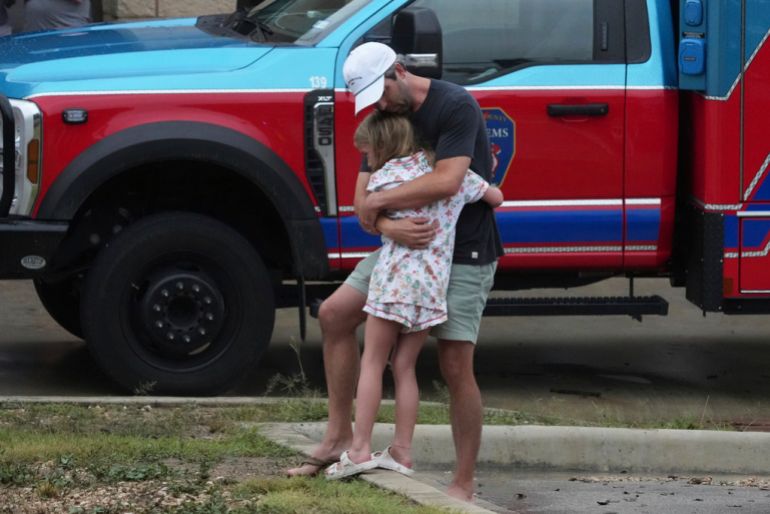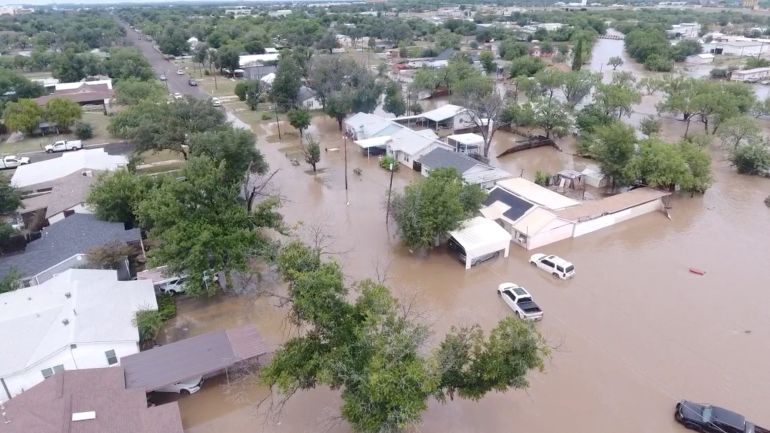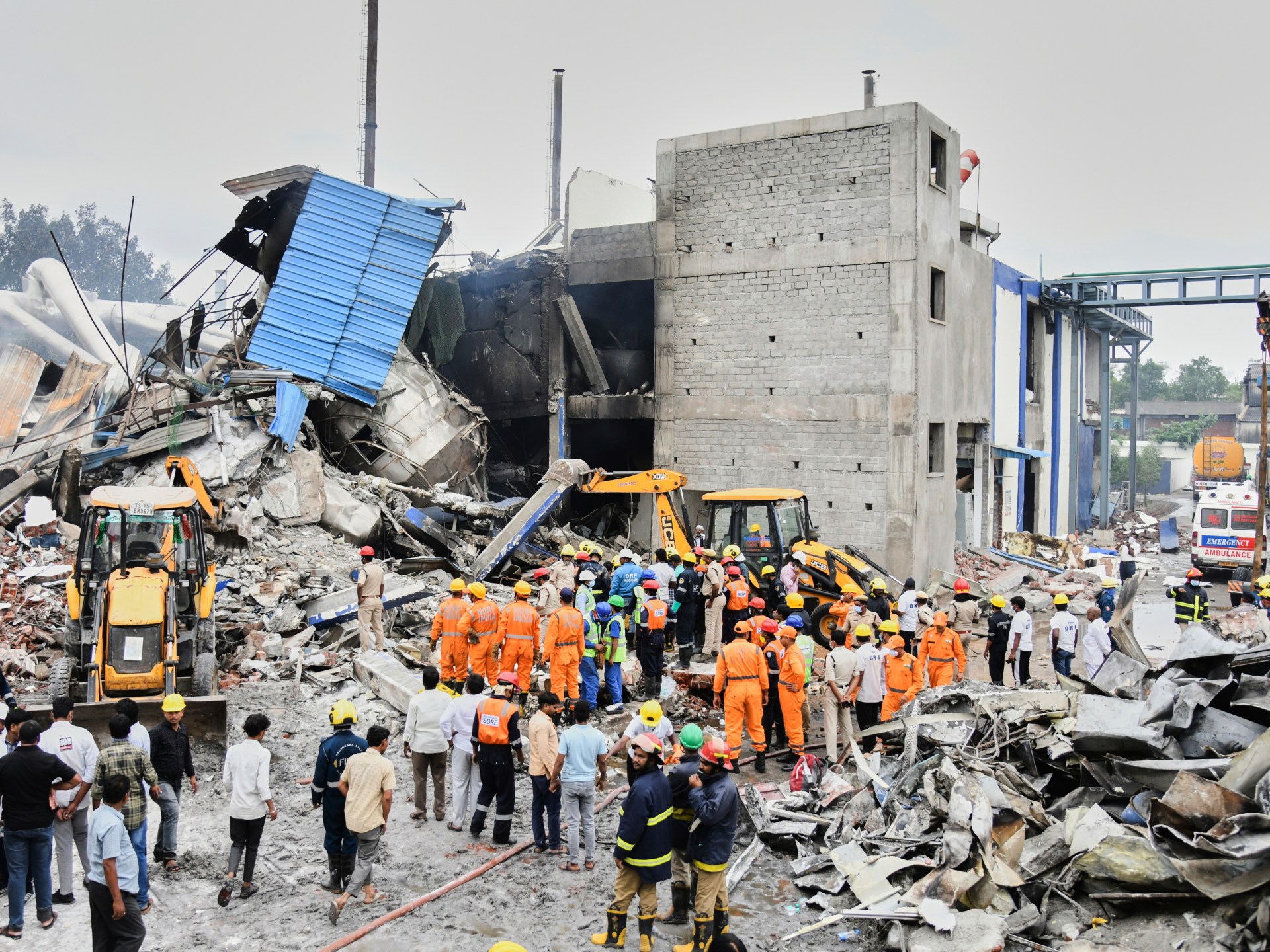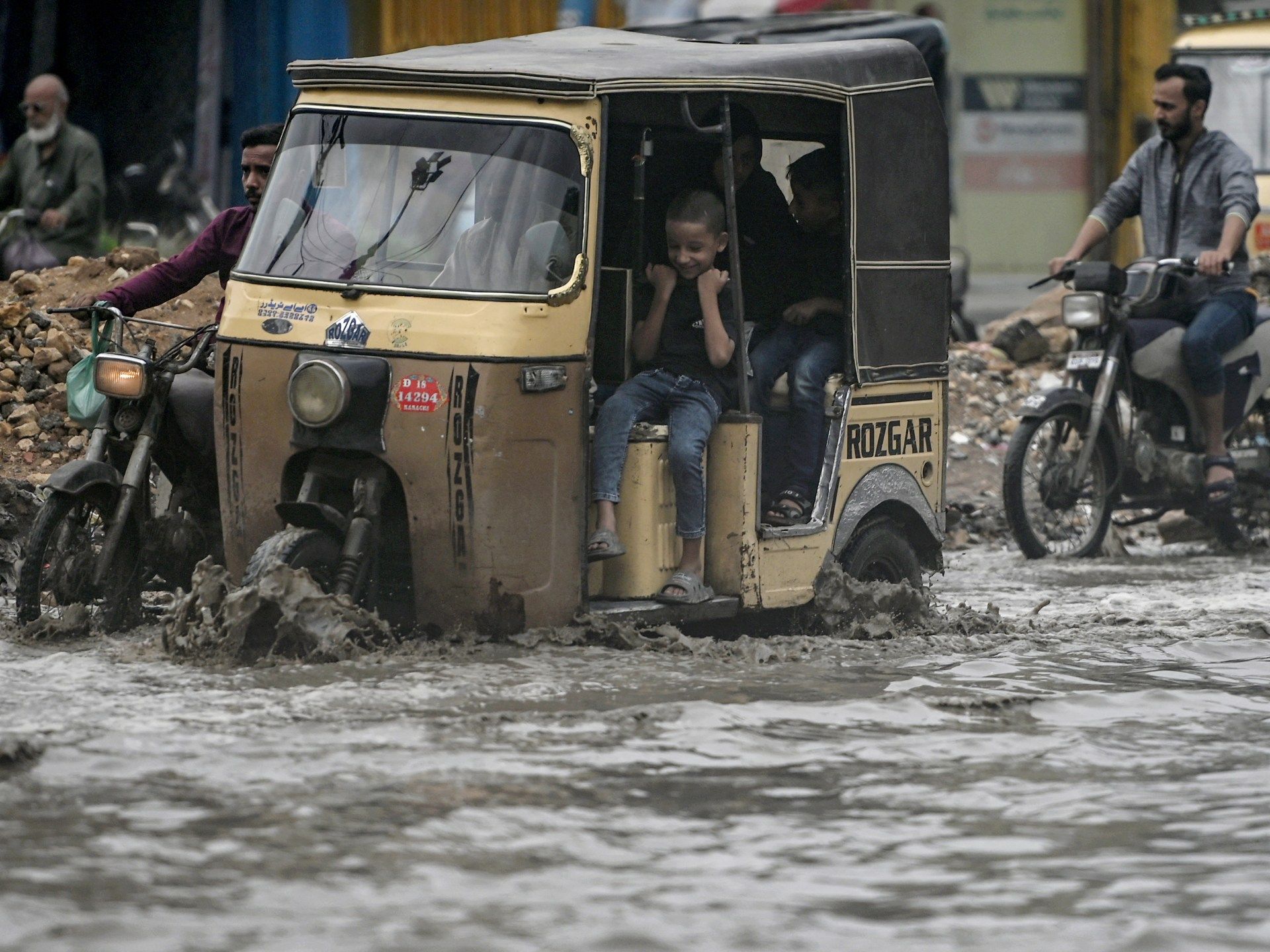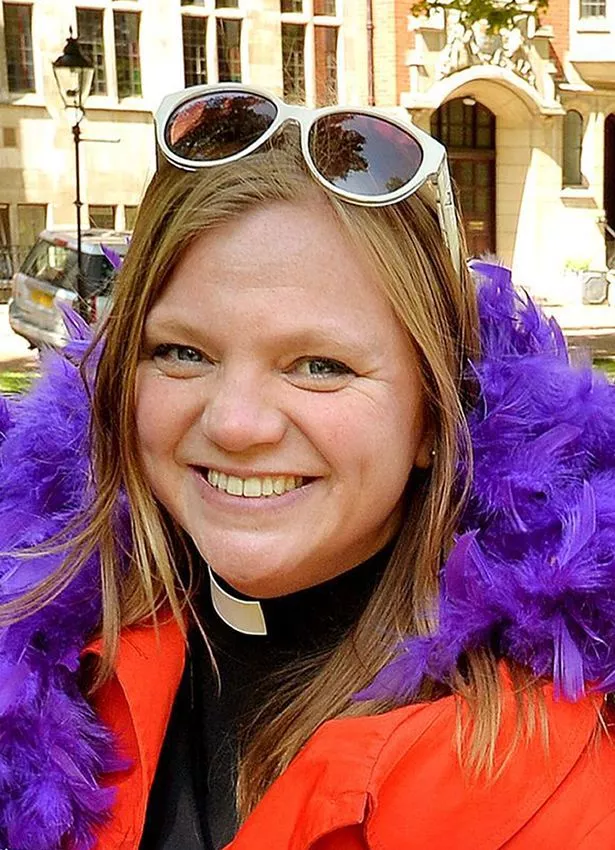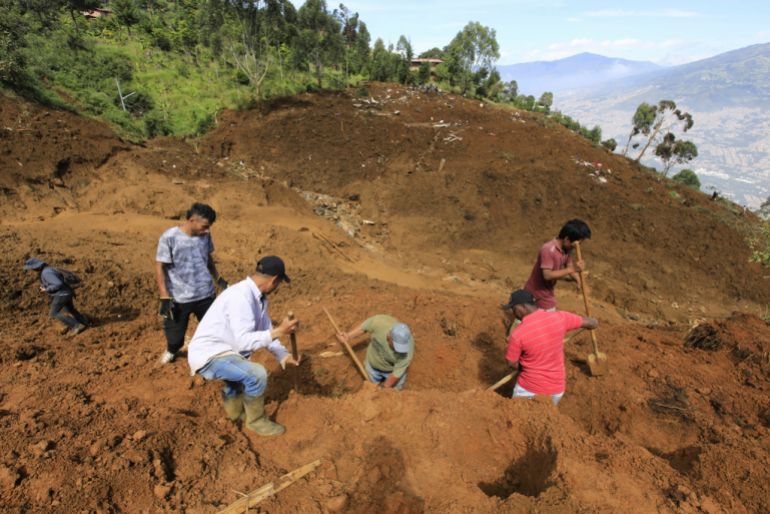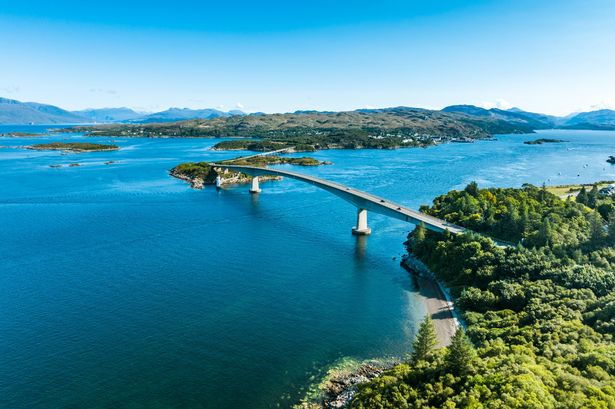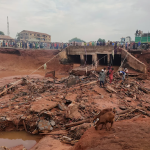Former Gogglebox cast member Reverend Kate Bottley, who appeared on the Channel 4 show with her husband Graham Bottley from 2014 to 2016, has spoken about the experience
Former Gogglebox cast member Reverend Kate Bottley has described the TV show as “quite intrusive” and “consensual exploitation”. She has now spoken about her experience almost a decade on from her decision to leave.
Kate, now 50, appeared on the Channel 4 show alongside her husband Graham Bottley and their late dog Buster from 2014 to 2016. The couple, who have two children, welcomed cameras into their home in Blyth during the several series that they took part in the long-running reality TV show.
Since leaving Gogglebox nine years ago, Kate has featured on several other shows including Songs of Praise and Pilgrimage: the Road To Santiago. The Church of England vicar also presents BBC Radio 2‘s Good Morning Sunday.
Kate reflected on her rise to fame on Gogglebox in an episode of the Walking the Dog podcast released yesterday. She said on the podcast: “I wish I’d known how much it took over our life for two and a half years. It’s reality TV. It’s by its nature … it’s consensual exploitation. […] It was quite intrusive, really. But y’know we consented to that intrusion.”
Speaking about her family, she went on to say: “My kids spent two and a half years sat in their bedrooms every Tuesday and Thursday night or whatever nights they came to film. My kids didn’t have friends round for a lot [of it and] didn’t have help with their homework. Things like that.”
Kate also claimed that they “got paid very little”. She said: “They paid but I cooked two nights a week for the crew.” She then said that she offered to cook because Graham “won’t eat takeaways” and she didn’t want to be filmed eating.
She said: “All the money we got from it went on the electricity, the internet connection that they were using and the food and being hospitable to six people in my home two nights a week. It’s a vicarage as well – I should be hospitable.
“We should be sharing our homes with people and eating food together and stuff. So y’know it was a good two and a half years but we couldn’t have done any more with it, I don’t think. It got to the point where we were just a bit overwhelmed.”
Asked if that was why she left, she said on the podcast: “Yeah.” She however then claimed that she wasn’t able to take part in other TV shows whilst under contract for Gogglebox despite wanting to “have a go” at other opportunities.
She continued by saying: “Also, there’s quite tight exclusivity and rightly so because if you’re filming ordinary people sat on their sofa watching TV you can’t then have those people on the TV. It sort of breaks the fourth wall too much.”
Kate said she was offered shows like Would I Lie To You? – which she has since appeared on – but wasn’t allowed to take part because Gogglebox “wouldn’t let you do it”. She said: “There was stuff coming in that I wanted to have a go at which I just wasn’t able, contractually, to do.”
The former cast member then revealed that she gave an “excuse” when she left Gogglebox in 2016. She said: “And it so happened that it came around the time Ruby was doing her GCSEs so the excuse we gave was ‘we’re gonna take some time away while she does her exams’.”
Like this story? For more of the latest showbiz news and gossip, follow Mirror Celebs on TikTok, Snapchat, Instagram, Twitter, Facebook, YouTube and Threads.
